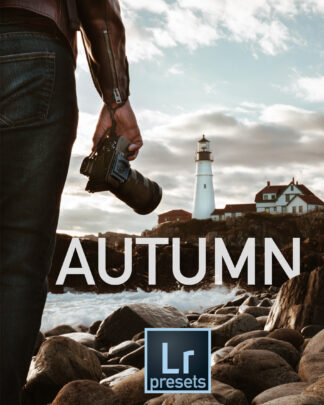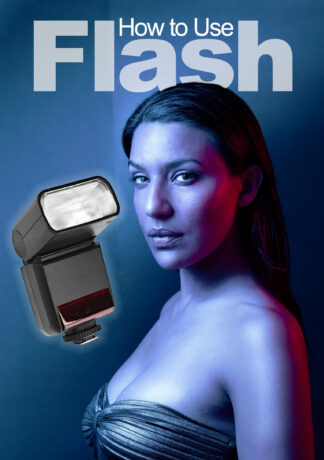[wprs-datatable cpt=”page” title=”Nikon cameras” rank=”no” action=”no” parent=”183″] Pentax offers a variety of APS-C cameras, competing with the entry-level to mid-range offerings from Canon, Nikon, and Sony. In comparison to the more popular competitors, the Pentax cameras offer better weather sealing, a reputation for durability, and in-body image stabilization (IBIS) that Pentax calls Shake Reduction (SR). It’s this last feature, SR, which is the most practical benefit of the Pentax cameras. With SR, any lens is image stabilized—even prime lenses, such as the 50mm f/1.8. Fast primes with image stabilization provide unbeatable low-light handholding capabilities. If you’re interested in IBIS but want an electronic viewfinder and a wider variety of lenses, look into the Olympus mirrorless camera lineup. However, the smaller sensor of the Olympus Micro Four-thirds cameras, along with the higher Olympus base ISO (200), produces noisier images. Before choosing the Pentax system, be sure that you’re happy with the Pentax DA and DA* variety of lenses. Canon and Nikon each offer a much wider variety of lenses, but Pentax offers more than enough lenses for most photographers, and they’re all optimized for APS-C. Additionally, my favorite APS-C lens, the Pentax 18-35mm f/1.8, is available for the Pentax format, and that might be the only lens you need. While you can use the Pentax FA lenses, they were designed for film cameras, and as a result they won’t be quite as fast or sharp as the more modern lenses. Unfortunately, all Pentax cameras lack modern niceties that are becoming common in other cameras of this price range, including touch screens, Wi-Fi, NFC, and GPS. The autofocus capabilities don’t match those of similarly priced cameras from Canon and Nikon, either. In short, most photographers looking into an APS-C DSLR should seriously consider Canon or Nikon cameras instead. Choose Pentax only if:
- You plan to handhold the camera with fast prime lenses in low light (thus taking advantage of the IBIS).
- You really need the improved weather sealing.
- You want to take pictures rapidly of still subjects (thus taking advantage of the higher frame rates, but acknowledging the slower autofocus performance).
- You plan to be deeply immersed in countries where electricity might not be available, but from where you can purchase AA batteries (thus taking advantage of the fact that Pentax cameras can use standard batteries).
- You want a camera in wild color combinations.
This table shows the Pentax APS-C DSLR lineup.
| Model | Price (new) | Price (used) | Megapixels | Max shutter | Frames per second |
| K-500 (kit) | $550 | $400 | 16 | 1/6000 | 6 |
| K-50 (kit) | $520 | $480 | 16 | 1/6000 | 6 |
| K-5II | $690 | $550 | 16 | 1/8000 | 7 |
| K-5IIs | $690 | $620 | 16 | 1/8000 | 7 |
| K-S1 | $800 | 20 | 1/6000 | 5.4 | |
| K-3 | $950 | $920 | 24 | 1/8000 | 8.3 |





